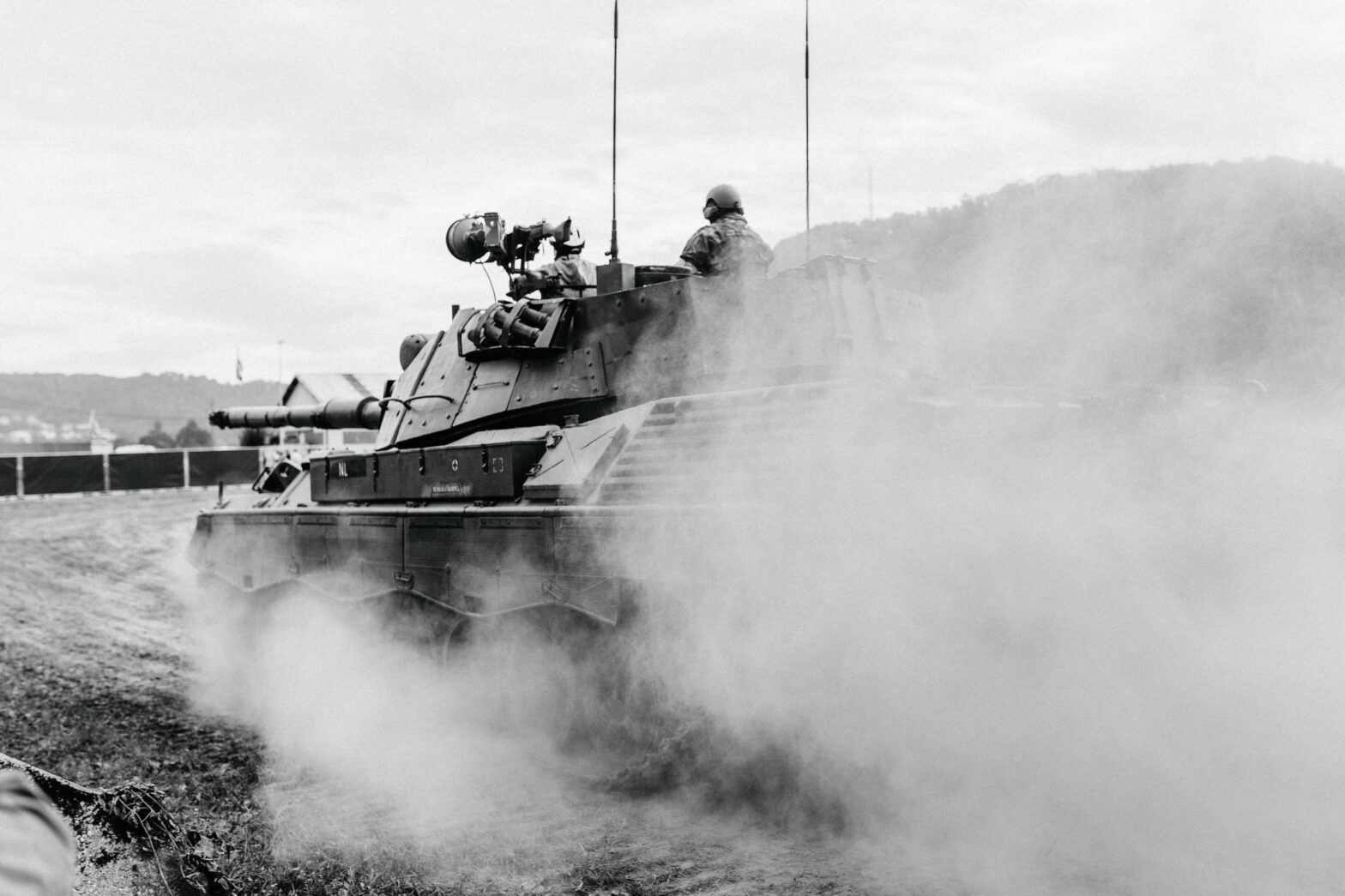A 37-year-old male active-duty special operator was referred to me a few years ago who described an intangible feeling of slowing down, particularly in more visually stimulating environments.
He was preparing for his retirement, and finally had time to start addressing some issues he ignored or “rubbed dirt on” throughout his career. There was no specific injury, no clinical symptoms, and he was still performing at a high level. In fact, he was still deploying.
But he knew he wasn’t at the level he was capable of.
In the military wear and tear on the joints and muscles is common. Few get out without a back or knee issue. But this isn’t an orthopedic problem.
We worked together and made some progress, he was grateful but I was disquieted.
In a profession where every millisecond counts, and that speed must be met with precision under the most extreme conditions imaginable, we can’t be passive about any feelings of slowing down.
I knew he was just the tip of the iceberg.
We know that repetitive subconcussive blast exposures, like those of a breaching blast, sniper rifle, or grenades, can slowly chip away at performance. It impacts emotional control, sleep, memory, and reaction times.
All of these are vital for performance and quality of life.
How many of our tactical athletes are experiencing this intangible slowing down?
What can we do to ensure that the individuals who are exposed to the most subconcussive blasts aren’t losing a nanosecond of a performance edge?
If we train these areas proactively, what new level of performance is possible?
I believe I failed that operator. I just didn’t know what I do now.
There is still no perfect solution to this issue, but we can address this in a way that is proactive and valuable. We don’t have to accept an intangible slowing down.
